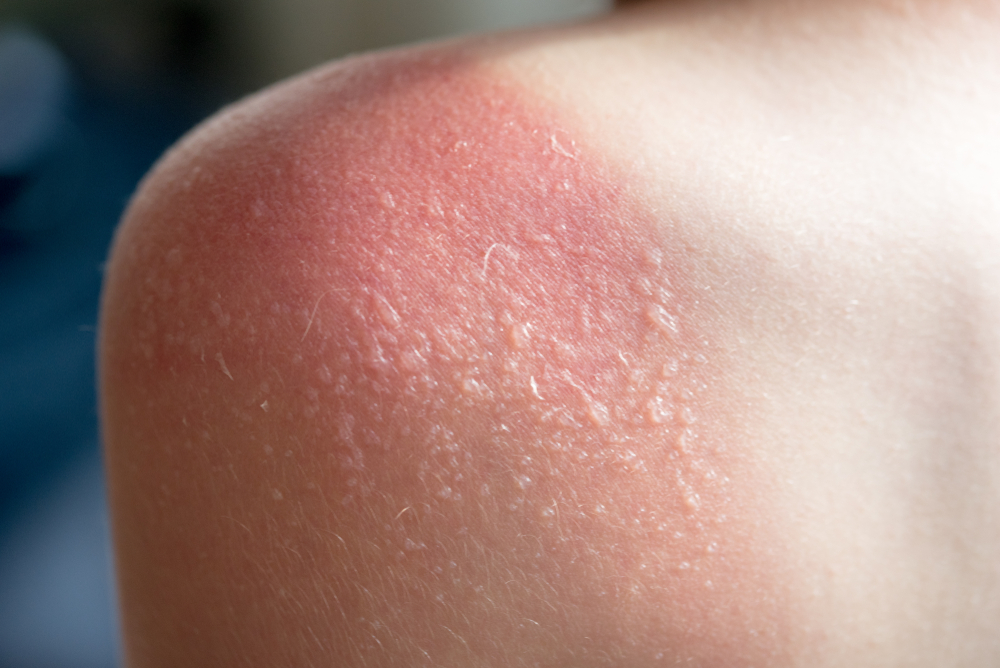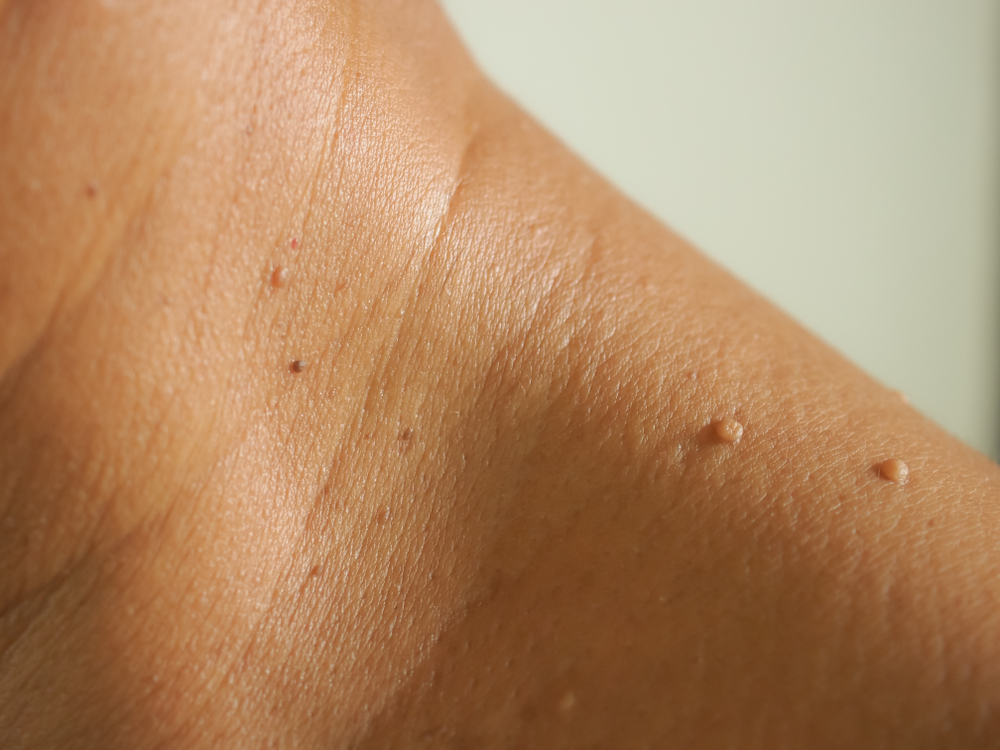A new discovery from American researchers may change how we understand the cause of certain types of skin cancer. A virus usually considered harmless on the skin has been found to directly contribute to cancer development in people with a specific immune defect.
A rare case leads to a breakthrough

The illness of a 34-year-old woman revealed an unexpected link between skin cancer and a virus normally not seen as dangerous.
Beta-HPV under suspicion

Scientists identified a particular group of skin HPV, known as beta-HPV, as a possible cancer trigger in this unique case.
From passive to aggressive

Beta-HPV is usually harmless because it doesn’t alter the DNA of skin cells — but here, the virus had embedded itself into the cells’ genetic material.
Also read: Replace Unhealthy Favorites With These Better Options
A direct cancer driver

Tests showed that the virus not only allowed cancer to emerge but also played a role in sustaining the disease over time.
Repeated cases of skin cancer

The woman had squamous cell carcinoma on her forehead several times before doctors discovered the viral connection.
Immune system could repair UV damage

Initially, it was believed her cancer was caused by an inability to repair sun damage, but her immune cells handled that task effectively.
Hidden immune defect uncovered

A genetic flaw meant her immune cells didn’t activate properly when infected with beta-HPV, giving the virus free rein.
Also read: Experts Agree: Olive Oil Is the Best Choice for Your Health
Treatment with cell transplantation

She received healthy immune cells to replace the defective ones, keeping her free from both the virus and cancer for several years.
Others may face the same risk

Researchers believe other people may have the same hidden issue, turning a common virus into a cancer-causing factor.
A new view on skin cancer

This finding could change how skin cancer is understood in certain patients and open the door to new treatment strategies.
This article is based on information from Illustreret Videnskab
Also read: What Really Happens to Your Body After Two Weeks Without Sugar
Also read: Experts Reveal: The Best Tricks to Fall Asleep in Minutes
